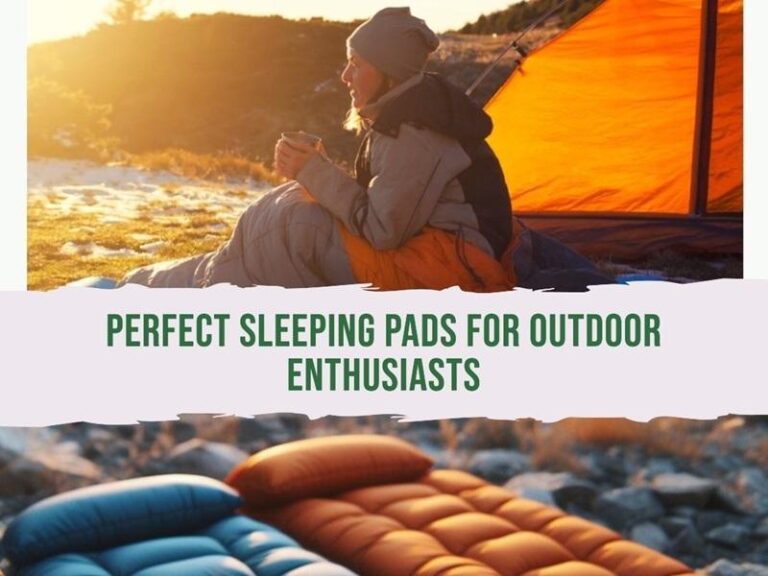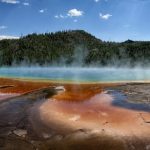When preparing for a backpacking or camping adventure, choosing the right sleeping pads is essential for rest. The sleeping pad provides insulation from the cold ground and provides cushioning and comfort. This guide covers how to select the best sleeping pads for backpacking and camping based on different activities.
Choosing the Right Sleeping Pad
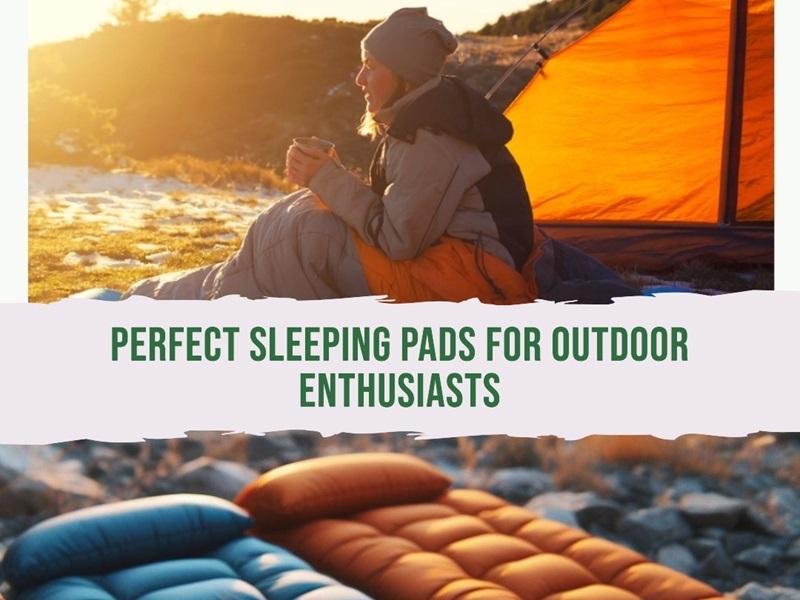
Choose a sleeping pad based on four key factors:
Insulation and Warmth
The pad’s R-value indicates its ability to retain heat and insulate from the cold ground. Higher numbers mean more insulation:
- Summer camping – R-value of 2-3 sufficient
- Colder weather – R-value of 4+ recommended
Inflatable pads require inflation to achieve their rated R-value. Foam pads insulate regardless of inflation.
Weight and Packed Size
Inflatable pads pack down small but weigh more than foam pads. Consider the tradeoffs:
- Backpacking – Compact and lightweight is key
- Car camping – Bulk and weight are less important
Comfort and Cushioning
Thicker pads provide more padding and sleep comfort but are heavier to carry. Find the ideal balance for your needs.
Inflation Method
Self-inflating pads have open-cell foam and valves to allow adjustment. Air pads require manual inflation. Foam pads do not inflate. Evaluate convenience versus weight.
Reviews of the Best 10 Sleeping Pads for Backpacking and Camping
Sleeping pads are crucial gear for campers seeking comfort and warmth. Popular options include self-inflating pads with open-cell foam and air that self-inflates when unpacked; inflatable air pads filled via a valve that retains air overnight, some with insulation like PrimaLoft; and closed-cell foam pads with dense cushioning that insulates and supports weight.
10 of the Best Sleeping Pads for Camping and Backpacking to Buy:
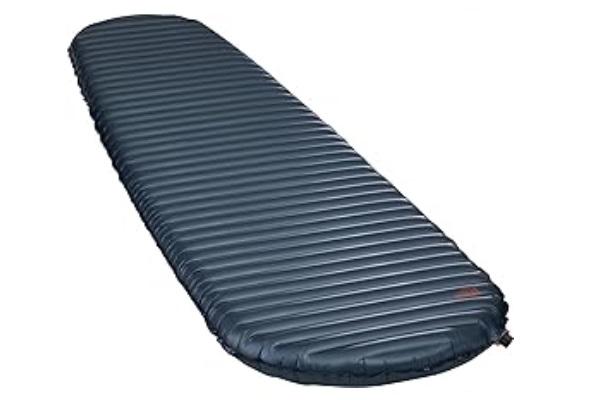
Therm-a-Rest NeoAir UberLite Ultralight Backpacking Sleeping Pad
The Therm-a-Rest NeoAir UberLite Ultralight Backpacking Sleeping Pad is designed for minimalist backpackers seeking a lightweight and compact sleeping solution. With a focus on portability, this air mattress offers impressive weight savings, making it an ideal choice for those looking to reduce pack weight during backcountry adventures.
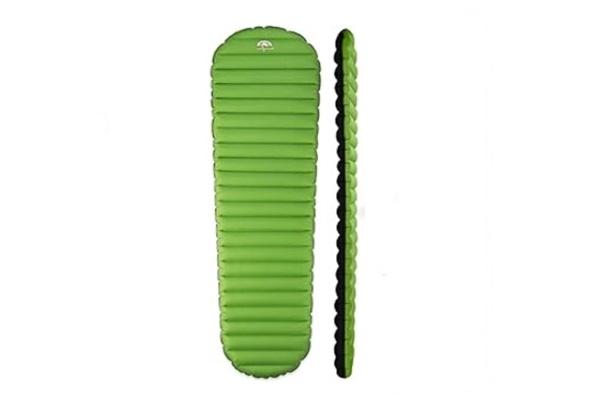
Gear Doctors Ultralight 17oz Camping Sleeping Pad ApolloAir
The Gear Doctors Ultralight Camping Sleeping Pad ApolloAir is a compact and lightweight inflatable air mattress designed for outdoor enthusiasts. With a 5.2 R-value, this 4-season air mattress provides excellent insulation, making it suitable for a variety of weather conditions.
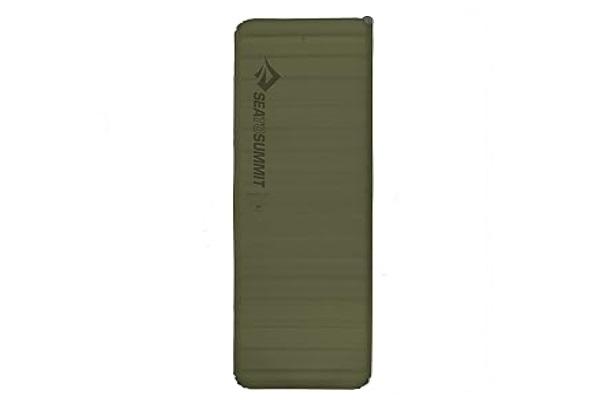
Sea to Summit Camp Plus Self-Inflating Foam Sleeping Mat
The Sea to Summit Camp Plus Self-Inflating Foam Sleeping Mat is a large 79 x 25 x 3-inch rectangular self-inflating foam sleeping mat. Provides a balance between firmness and squishiness for comfortable slumber. Features insulation and durable construction.
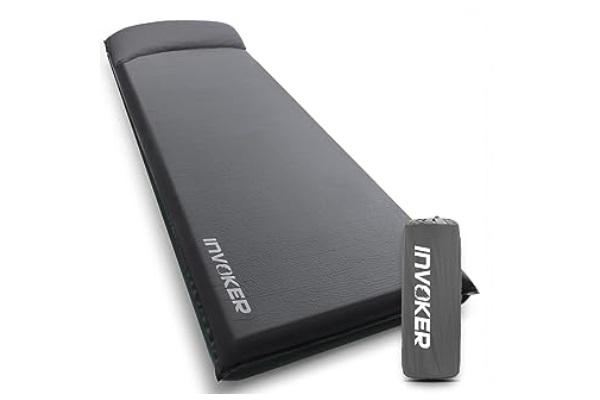
INVOKER Camping Sleeping Pad
The INVOKER Camping Sleeping Pad is a premium camping mat designed for ultimate comfort during outdoor adventures. With a 3-inch UltraThick Memory Foam cushion, this self-inflating mat provides a luxurious sleeping experience, almost like sleeping on a cloud.
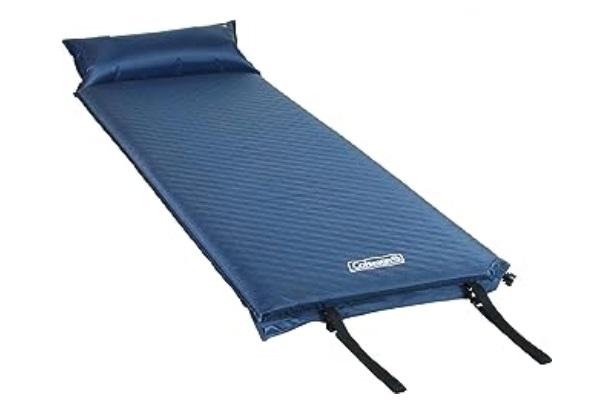
Coleman Self-Inflating Sleeping Pad with Pillow
The Coleman Self-Inflating Sleeping Pad with Pillow is a versatile and comfortable camping sleep pad designed for outdoor enthusiasts. With a thickness of 2.5 inches, this self-inflating sleeping pad provides a comfortable cushion for a restful night’s sleep. The built-in pillow adds extra convenience, eliminating the need for carrying an additional pillow.
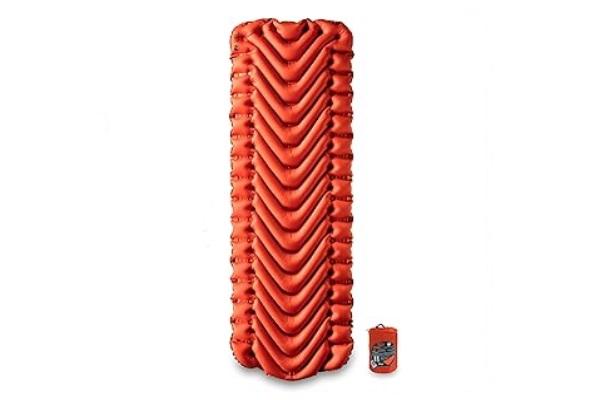
Klymit Static V Inflatable Sleeping Pad
The Klymit Static V Inflatable Sleeping Pad is designed for optimal comfort and insulation in cold weather camping, hiking, and backpacking. Features durable construction to withstand outdoor use.
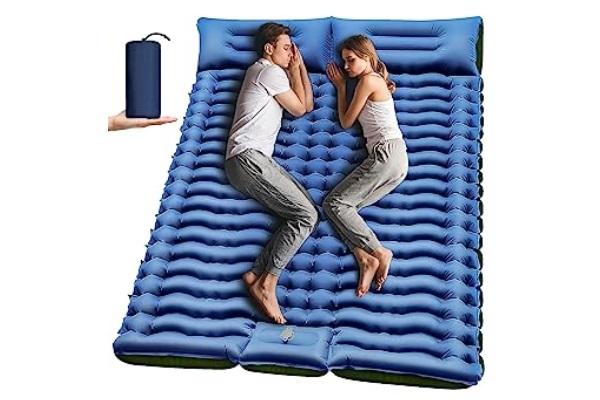
Double Sleeping Pad – Self-Inflating 4″ Extra-Thick For 2 Person
This double sleeping pad is designed for the ultimate comfort of two individuals during outdoor adventures. The self-inflating feature makes setup a breeze, and the 4″ extra-thick padding provides excellent insulation from the ground. The built-in pillow and foot pump add convenience, making it a versatile and practical choice for backpacking, hiking, traveling, camping, and tent use.
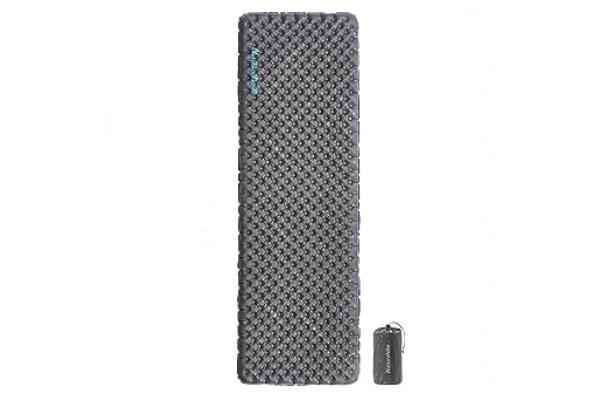
Naturehike Ultralight Self-Inflating Sleeping Pad
The Naturehike Ultralight Self-Inflating Sleeping Pad is an ultralight 1.26 lb self-inflating sleeping pad for camping and hiking. Features patchworkable design, 3.5 R-Value insulation, and inflatable bag.
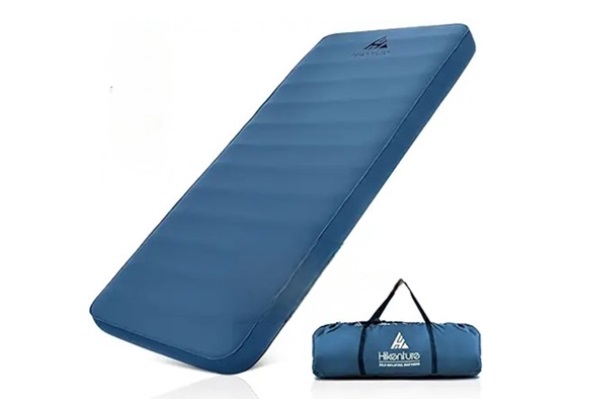
Hikenture 4 INCH Thick Self-Inflating Sleeping Pad
The Hikenture 4 INCH Thick Self-Inflating Sleeping Pad is designed for adventurers who prioritize a good night’s sleep during camping trips. This innovative sleeping pad redefines camping luxury with its 4-inch thickness, 9.5 R-value, foam insulation, and portability across seasons.
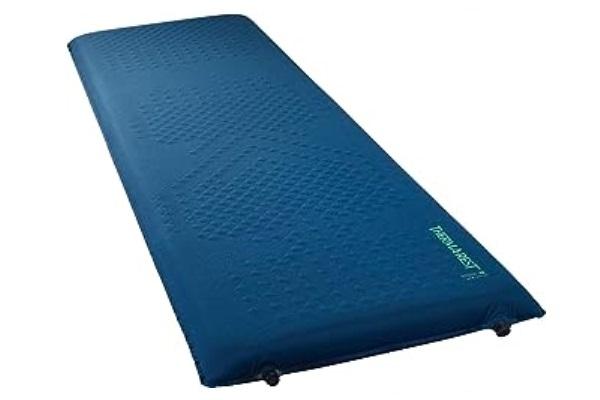
Therm-a-Rest LuxuryMap Self-Inflating Foam Camping Sleeping Pad
The Therm-a-Rest LuxuryMap Self-Inflating Foam Camping Sleeping Pad is designed to provide optimal comfort and support during your outdoor adventures. With a generous size of 20 x 72 inches, this sleeping pad is suitable for a variety of camping situations.
Each Sleeping pad type serves different camping needs – self-inflating and air pads prioritize cushiness, while closed-cell foam provides reliability. When choosing among the best sleeping pads for your next outdoor adventure, consider weight, packed size, insulation, and ease of inflation to find the right fit.
Key Sleeping Pad Types
When selecting a camping sleeping pad, consider the pros and cons of these main options:
| Sleeping Pad Type | Pros | Cons |
|---|---|---|
| Self-Inflating Pads | Convenient, comfortable cushioning, small packed size, some models provide insulation | More expensive than closed-cell foam pads |
| Air Pads | Extremely lightweight and compact, adjust inflation for personalized comfort | Vulnerable to punctures, hard to inflate in frigid temps |
| Closed-Cell Foam Pads | Durable, puncture-resistant, budget-friendly | Less thickness than inflatable pads, minimal comfort and insulation |
Evaluate priorities for weight, puncture resistance, insulation needs, and budget when selecting among these camping sleeping pad types. Self-inflating and air pads provide more comfort at higher costs and weights, while closed-cell foam excels in durability and affordability.
Choosing a Sleeping Pad By Camping Type
Choosing the right sleeping pad can make a big difference in your camping experience, whether you’re backpacking in the wilderness or car camping at a campground. Here are some things to consider when choosing a pad:
Camping Type:
- Backpacking: You’ll prioritize lightweight and compact pads, like air pads or closed-cell foam mats.
- Car Camping: Comfort and warmth are key, so self-inflating pads or thick air pads are good options.
- Minimalist Backpacking: Ultralight air pads are ideal for prioritizing weight and space savings.
- Thru-Hiking: Durability is crucial, so closed-cell foam mats are commonly used.
Other Factors:
- R-value: This indicates how well the pad insulates from the ground. Higher R-values are better for colder weather conditions.
- Weight and Packed Size: Consider how much weight you’re willing to carry and how much space the pad will take up in your pack.
- Comfort: Think about how thick and soft you want your pad to be.
- Features: Self-inflating pads are convenient, while air pads might offer better adjustability and packability. Some pads have built-in pillows or insulation zones for specific areas of your body.
Here’s a quick guide to help you choose the right pad based on your camping type:
| Camping Type | Ideal Pad Types |
|---|---|
| Backpacking | Air pad, lightweight self-inflating pad |
| Car Camping | Self-inflating pad, thick air pad |
| Minimalist Backpacking | Ultralight air pad |
| Thru-hiking | Closed-cell foam mat |
Additional Tips:
- Try different pads before you buy them, if possible.
- Take into account your personal needs and preferences, including whether you tend to feel hot or cold while sleeping.
- It’s a good idea to read online reviews of different pads to gain a better understanding of their performance.
- Don’t forget to factor in the price of the pad when making your decision.
By considering these factors, you can choose the sleeping pad that will help you enjoy a comfortable and restful night under the stars.

Conclusion
With a wide selection of sleeping pads for backpacking and camping to meet different needs, the key is identifying your priorities for weight, packed size, insulation, durability, and budget. Ultralight inflatable pads provide exceptional portability while self-inflating options offer more comfort and durability. Checking reviews can help narrow options to find your optimal balance of performance, features, and value when choosing a sleeping pad for backpacking and camping.
Related Article:

